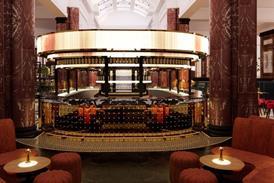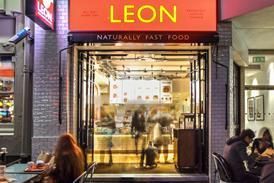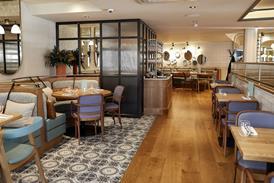Why size really does matter
With all eyes firmly set on 2016, Adam Hyman takes a look back at the past year to reflect on the return of big dining operations, the ongoing requirement for more staff in the sector, a need for transparency in the tipping debate and power being seized by cities outside London
Alternatively SUBSCRIBE for unrestricted access to all content. Contact us for more information



























